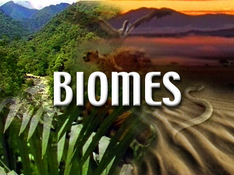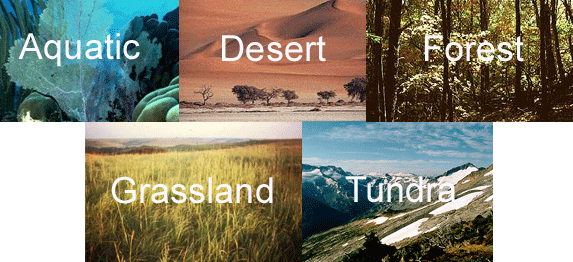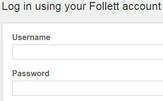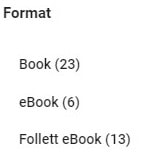Introduction
The diversity of plants and animals in the United States is extensive. There are many variations in ecosystems as you travel across the United States. In this WebQuest, you will explore how living organisms and the natural environment work together in one ecosystem. Your teacher will assign you and your group one of the following ecosystems. You and your group should choose to narrow the ecosystem into a more specific category.
The diversity of plants and animals in the United States is extensive. There are many variations in ecosystems as you travel across the United States. In this WebQuest, you will explore how living organisms and the natural environment work together in one ecosystem. Your teacher will assign you and your group one of the following ecosystems. You and your group should choose to narrow the ecosystem into a more specific category.
Task
You will work with your group to investigate the ecosystem assigned by your teacher. Your group will research the characteristics of the assigned ecosystem from Part One and develop a three-dimensional model of the ecosystem with an informational display explaining each component and how the plants and animals rely on each other. Keep a record of the references that you use during your research.
**We only want one completed works cited page per group**
Your group must use a minimum of three sources. At least one source must be an eBook or a print book.
Process
Within your group, review the criteria you need to complete. Develop group goals and assign individual tasks in order to complete the project in a timely fashion.
Part One – Research
You will work with your group to investigate the ecosystem assigned by your teacher. Your group will research the characteristics of the assigned ecosystem from Part One and develop a three-dimensional model of the ecosystem with an informational display explaining each component and how the plants and animals rely on each other. Keep a record of the references that you use during your research.
**We only want one completed works cited page per group**
Your group must use a minimum of three sources. At least one source must be an eBook or a print book.
Process
Within your group, review the criteria you need to complete. Develop group goals and assign individual tasks in order to complete the project in a timely fashion.
Part One – Research
- Major biome in which the ecosystem fits
- Characteristics used to identify the ecosystem (Climate, Land Features, etc.)
- Location(s) of ecosystem in the United States
- Flora (plants, flowers)
- Fauna (animals)
- Natural resources
- Interactions of plants and animals (food web or chain) - 6 components minimum
- Human influence and interactions - 2 examples minimum
Resources
- Use the following resources to assist you in your research.
- A minimum of 3 sources must be used.
- One source must be an eBook or a print book.
- You can of course always use more.
|
eBooks
1. Go to Destiny
3. You will see many results. To just see eBooks, either filter or sort by format. Note: you will need to check eBook and Follett eBook separately. Both could be helpful. 4. Once you find an eBook you want to read online, click "Open" to read it. 5. Each book will be setup a bit differently. Often, it makes sense to use sometimes it makes sense to use the table of contents/search features. 6. Some of the eBooks are cited for you and some are not.
|
Websites
- Cite all website used in Noodletools by choosing +Create New Citation > Website > Web Page. Ask your group or a teacher for help if needed.
- Check to ensure any website is authoritative and credible. Unsure? Ask. Still unsure? Use a different source!
Print Books
- Our media center has many print titles that can help with your project
- Remember to use the book's ISBN to help you cite in Noodletools
- Go to Destiny
- Search for your topic (you may need to be more general - such as "biomes" or "ecosystems")
- Locate the book you want on the shelf using its call number and see if it's helpful
Exporting Your Citations From Noodletools
- Ensure you have cited ALL sources you plan on citing and that they are cited properly.
- Choose Print/Export and then Print/Export to Google Docs
- Your work cited document should open automatically (named "Sources for..."). If it does not open, check to see if your popups are being blocked (there would be a red X on the right side of your URL bar). Allow popups if needed and try exporting again. This time it should work.DO NOT adjust anything. The formatting is correct.
- Turn this works cited in according to what your teacher told you (print, attach in Google Classroom, etc.)
- If you are working in a group, only one works cited page should be turned in.













